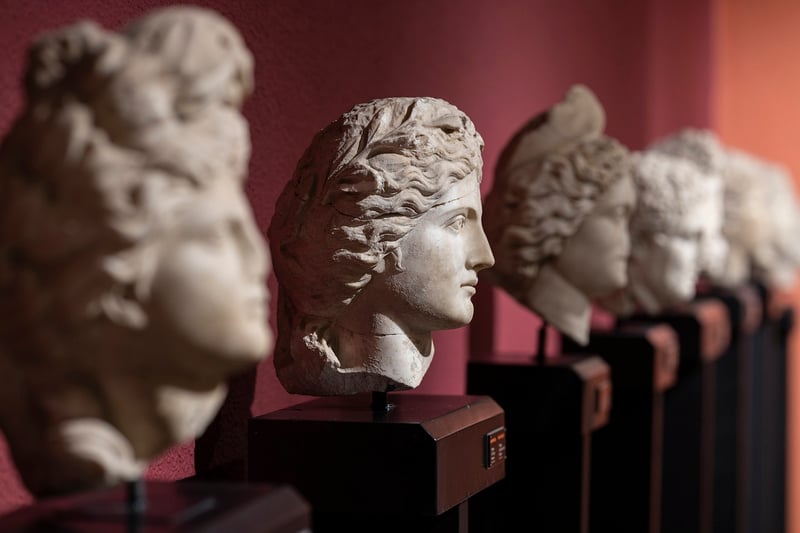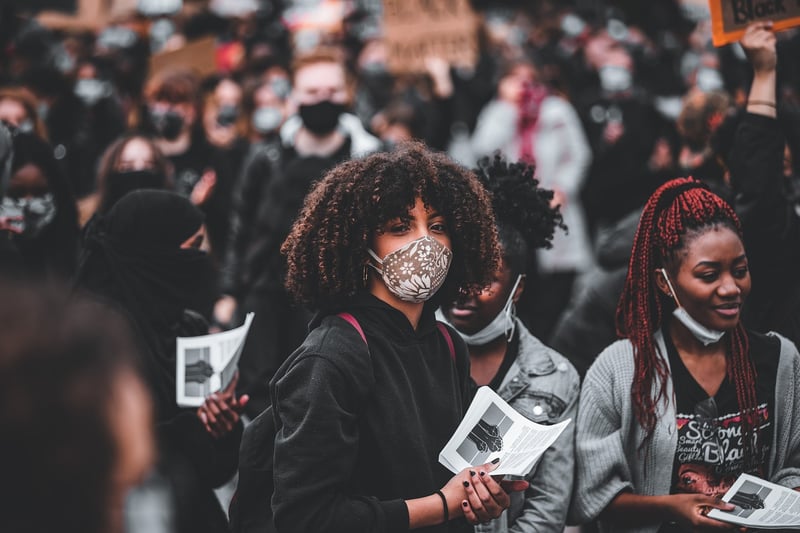Altering Events
Correcting Historical Distortions and Altering Events
History is a narrative of the past, shaped by various perspectives and interpretations. However, over time, historical distortions have emerged, leading to misconceptions and misrepresentations of events. It is crucial to address these distortions and strive for accuracy in historical accounts.
The Impact of Historical Distortions
Historical distortions can have far-reaching consequences. They can perpetuate myths, stereotypes, and biases, leading to a skewed understanding of the past. Inaccurate historical narratives can also justify unjust actions or policies, further perpetuating harm.
Addressing Historical Distortions
To correct historical distortions, it is essential to engage in critical analysis, fact-checking, and research. By examining primary sources, consulting experts, and cross-referencing multiple accounts, a more accurate understanding of historical events can be achieved.
Challenging Misconceptions
One way to address historical distortions is by challenging misconceptions and myths that have been perpetuated over time. By presenting evidence-based counterarguments and promoting critical thinking, a more nuanced and accurate depiction of the past can emerge.
Altering Events in History
While historical facts are immutable, the interpretation of events can evolve over time. As new evidence comes to light and perspectives shift, historical narratives may be altered to provide a more comprehensive and inclusive account of the past.
Revisiting Historical Narratives
Revisiting historical narratives allows for a reassessment of events from different angles. This process enables a more holistic understanding of history and encourages dialogue and reflection on past actions and their implications.
Conclusion
Correcting historical distortions and altering events in history is essential for upholding the integrity of the past. By challenging misconceptions, conducting rigorous research, and revisiting historical narratives, a more accurate and inclusive representation of history can be achieved.

